St. Nicholas Orfanos Church – From Serbian Endowment to UNESCO Heritage
Did you know that in the heart of Thessaloniki, on top of one of the most beautiful medieval settlements, there is a church that preserves a tradition and artistry over 700 years old?
The Church of Saint Nicholas Orphanos, located in the continuation of Ano Poli (Upper Town) and surrounded by narrow, cobblestone streets, represents a true gem of Byzantine architecture. Although difficult to find, its beauty and historical significance, for which it is listed on the UNESCO cultural heritage list, deserve every moment of your effort.
Location of the Church of Saint Nicholas Orphanos
The church is located between Apostolou Pavlou and Irodotou streets, near the eastern walls of the Thessaloniki fortress, and is surrounded by olive groves. Its hidden location makes it even more special - when you find it, you will understand why it is so esteemed and why it is considered one of the most beautiful religious buildings in Thessaloniki.
Founder of the Church, Serbian King Milutin (1282—1321)
The name of the church, Agios Nikolaos Orfanos - “Orphan” or “Orphans”, is mentioned in two patriarchal documents from 1635 and 1638, belonging to the Vlatadon Monastery. This monastery is located at the entrance of the Thessaloniki fortress and was a metochion of the church during the Turkish occupation.
Although the origin of the name of the church is not entirely clear, there are different theories. According to one, the name of the church may be related to the founder, a member of the Orfanos family. Other sources suggest that the name of the church originates from Saint Nicholas, who was known for his special care for orphans and widows.
However, the most accepted theory is that the church was built by Serbian King Milutin, known for his significant contribution to the construction of churches and monasteries. King Milutin remained one of the greatest benefactors of that time.
At the beginning of his reign, he promised to God that he would build as many endowments as the years he reigned, and he fulfilled this promise, building as many as 40 churches and monasteries.
This viewpoint is supported by the frescoes of the church with Saint George (the protector of the Nemanjić family, represented here with a sword) and Clement of Ohrid.
Milutin’s close relations with Thessaloniki are already known to historians, as he was married to Byzantine princess Simonida, daughter of Empress Irene Palaiologos, who spent part of her life in this city.
Known for his philanthropic spirit, Milutin not only built religious buildings but also orphanages and public kitchens. These aspects of Milutin’s reign could explain the name of the church Orfanos, which could be associated with the existence of a home for abandoned children near the temple.
Church Architecture and Interior
The Church of Saint Nicholas Orfanos is unique in its architectural appearance. The temple is a long, narrow hall with a wooden roof, surrounded by a peristyle on three sides. The interior of the church is adorned with a marble iconostasis dating back to the founding of the church, while the capitals are from the early Christian period, further confirming the historical significance of this building.
Church Frescoes - Masterpieces of Byzantine Art
One of the most important artistic elements of the church is its frescoes, considered masterpieces of Byzantine art. The frescoes, chronologically placed between 1310 and 1320, depict many themes from the life of Christ, as well as themes from the Akathist and the Life of Saint Nicholas, and the Life of Saint Gerasimos of the Jordan.
Interestingly, the frescoes in this church are among the best-preserved in Thessaloniki, and restoration work began in 2023 to preserve their value for future generations.
Visiting the Church of Saint Nicholas Orfanos - Opening Hours
When you decide to visit this historical church, you will surely be greeted with a smile by Father Theodosios, who is always delighted to see Serbs among the visitors.
The church is located at Irodotou Street, and the church’s opening hours are Mondays and Thursdays from 10:00 am to 1:00 pm.
Location: Click here for the location on the map
We are always here to help you explore Greece! Follow us for the latest information, useful tips and authentic experiences to spend an unforgettable vacation in Greece!
We offer over 3,000 accommodations. Choose the right one for you and your family HERE.
Follow us on social networks where we regularly share exclusive offers, discounts and special arrangements for vacations in Greece as well as information, advice and useful news.
Facebook:Nikana.gr
Instagram: @nikana.gr
Tiktok: nikana.gr
Facebook grupa: Live from Greece
YouTube kanal @NikanaTravel
Write to us at e-mail: nikana@nikana.gr
Our site nikana.gr is the leading source of information about Greece.

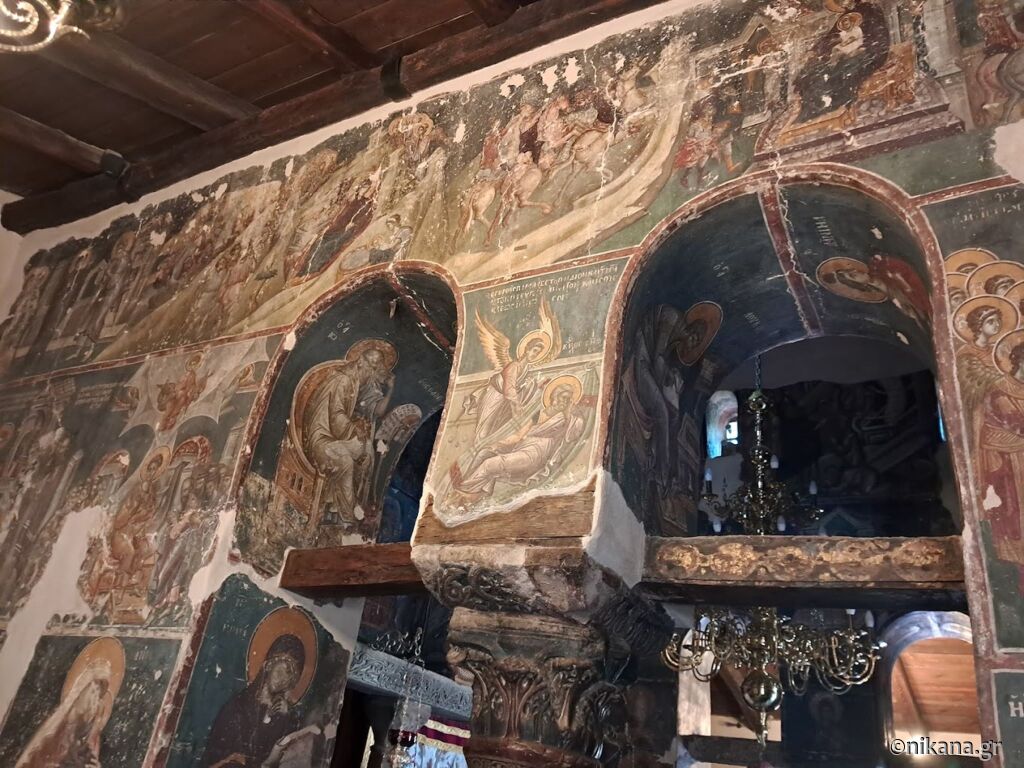
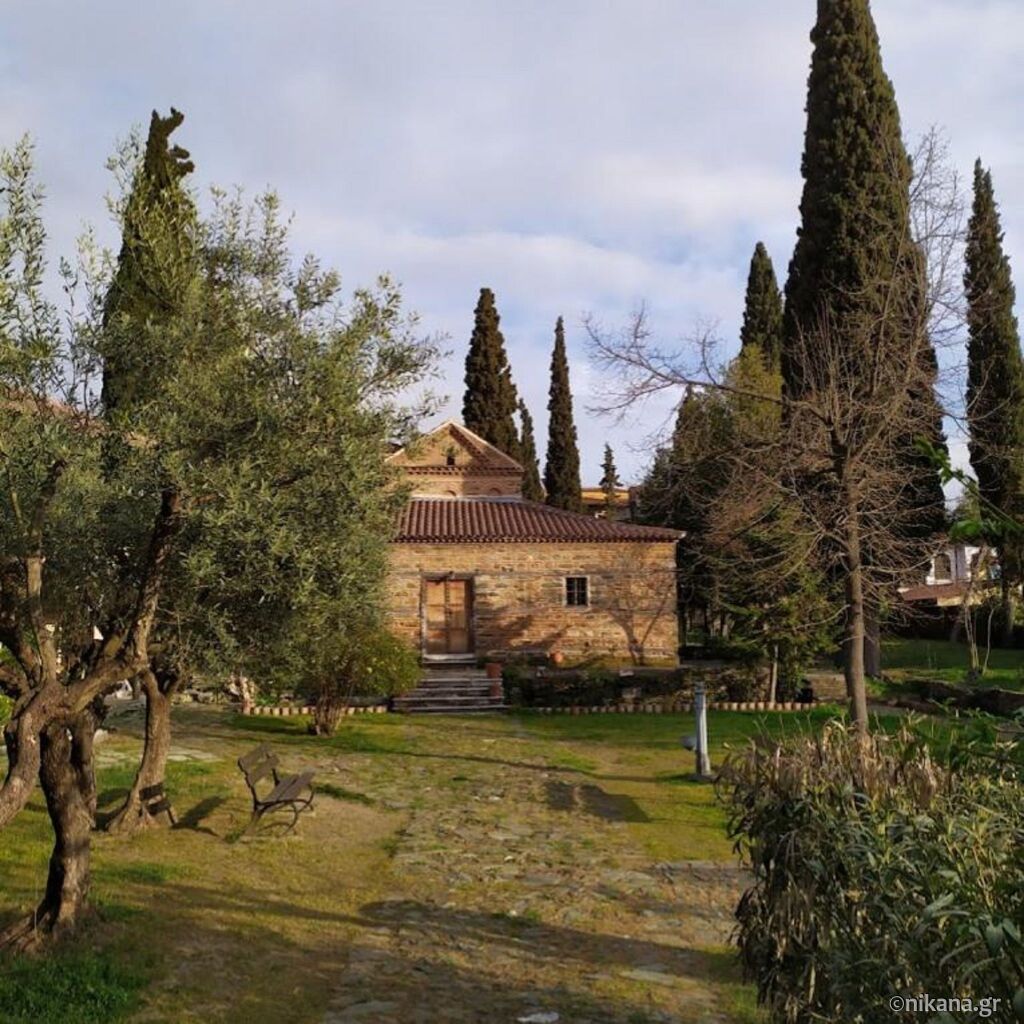
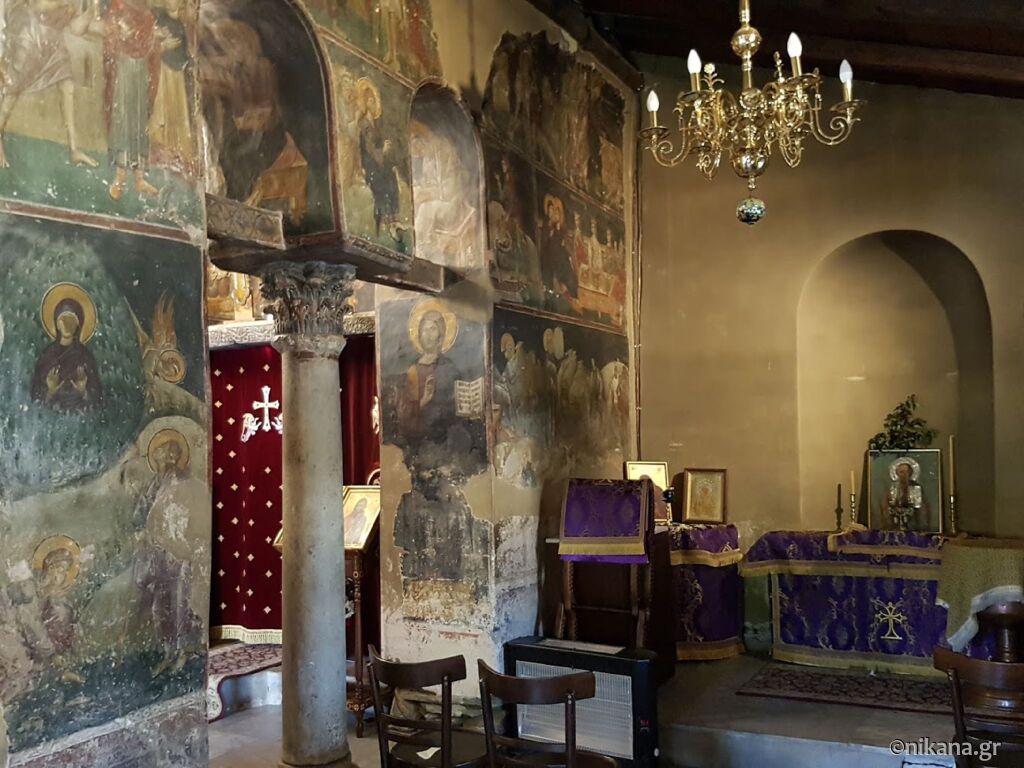
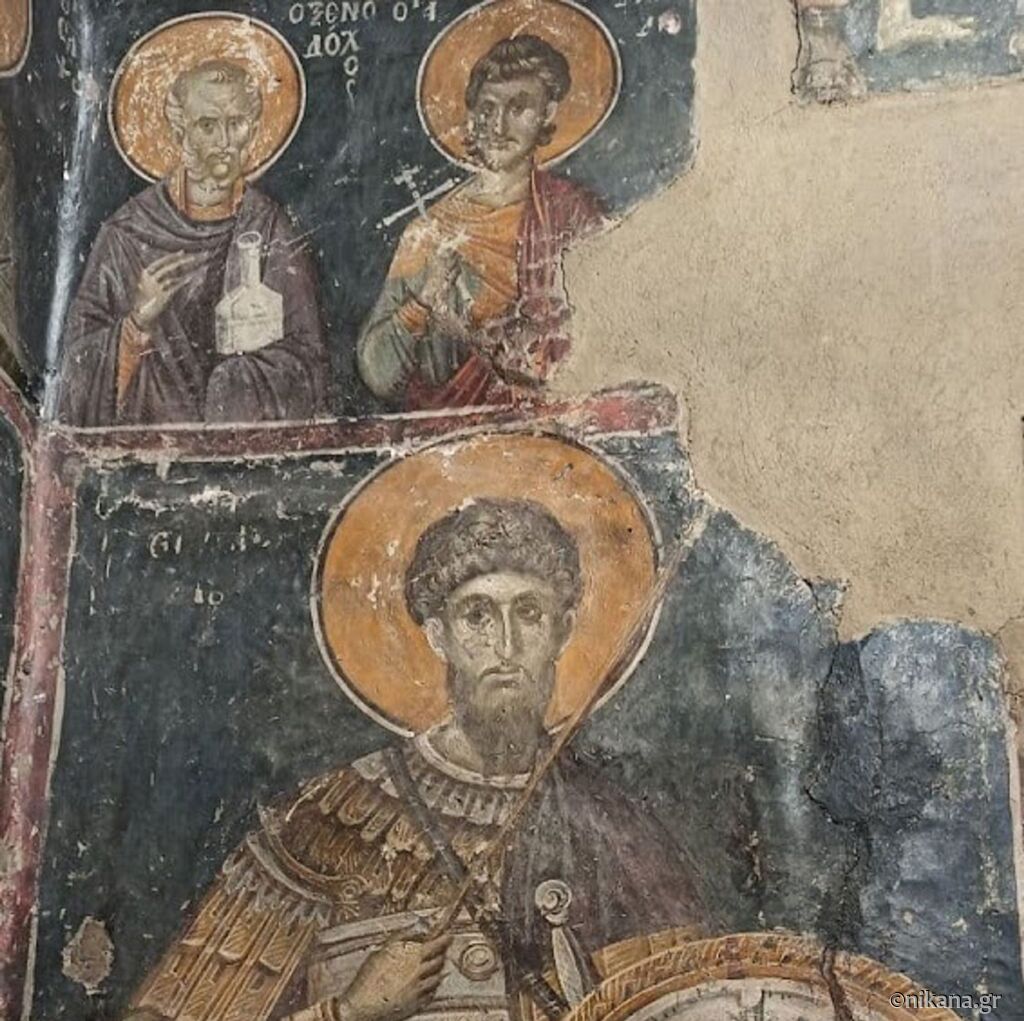
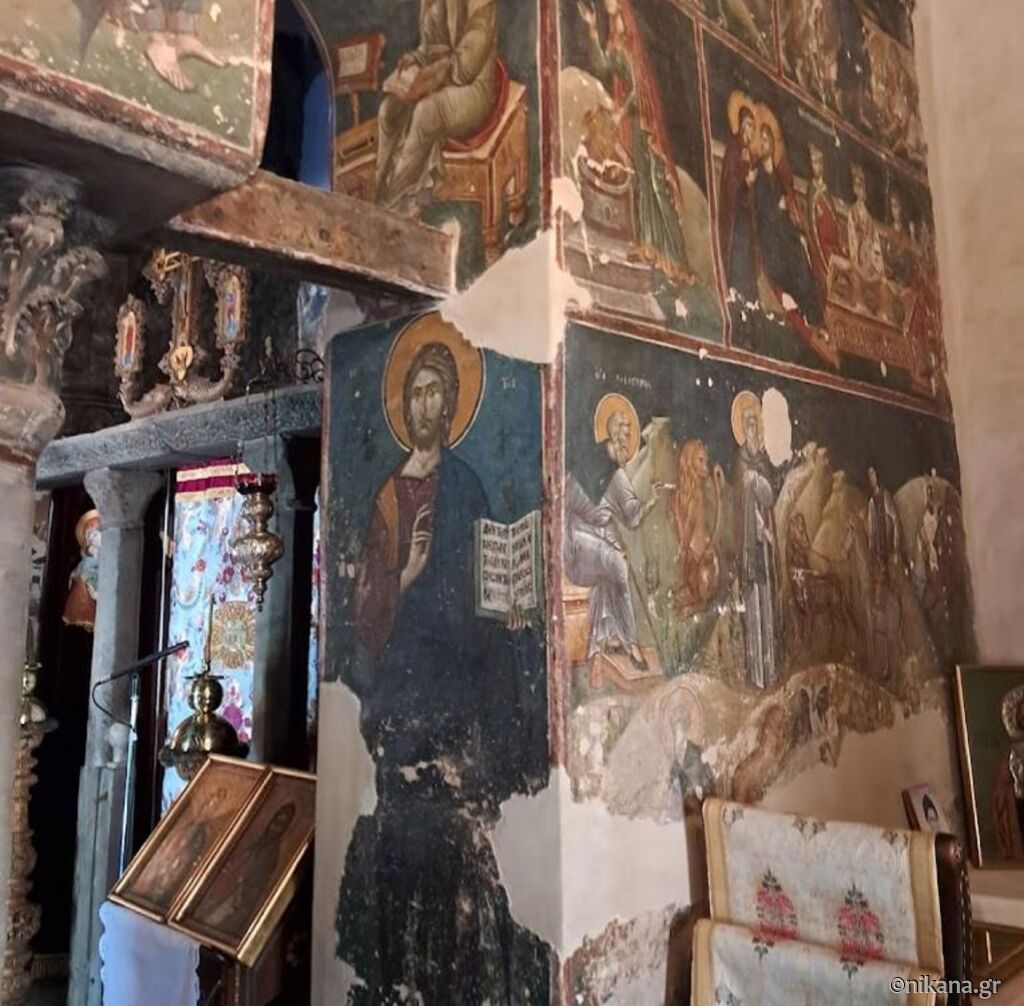

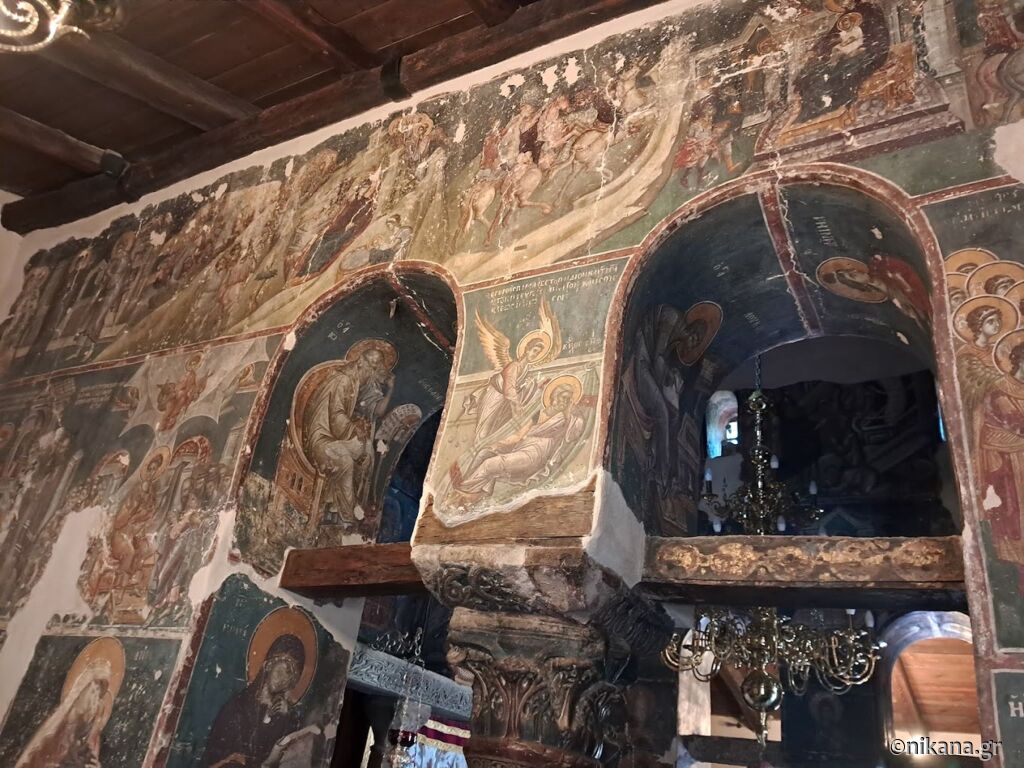

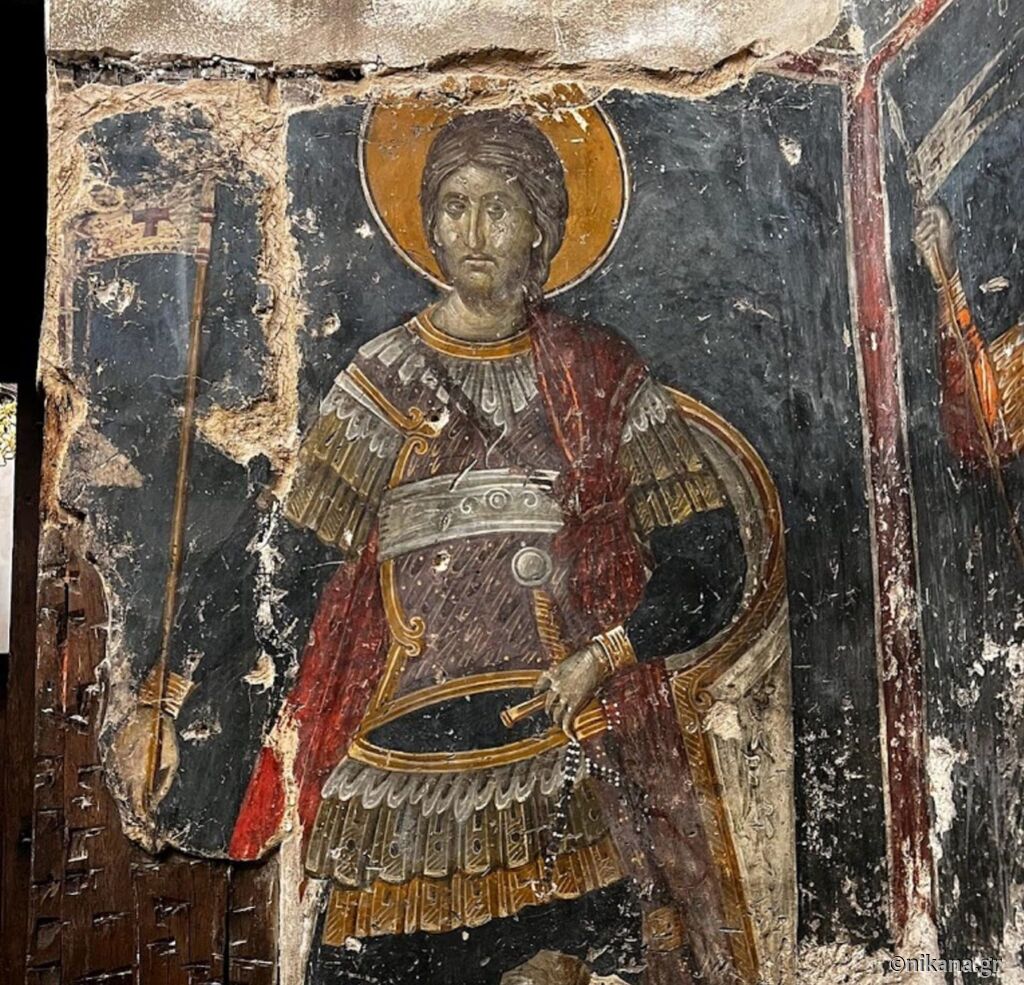













Post a Comment
NOTE
All your questions in the comments will receive an answer via email so check your inbox shortly after you posted comment. For more detailed questions and responses, contact us via mail nikana@nikana.gr.